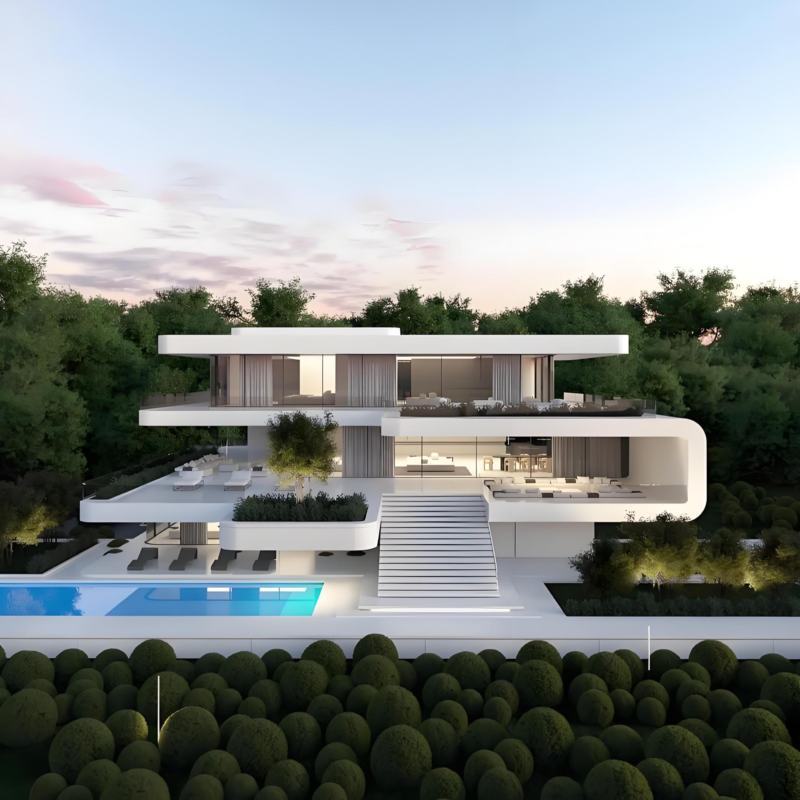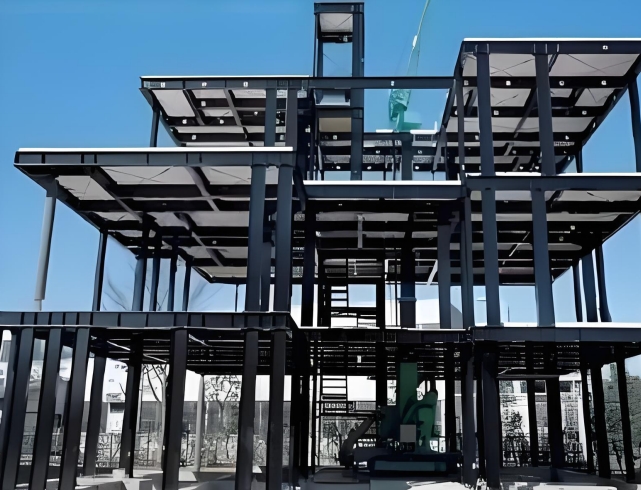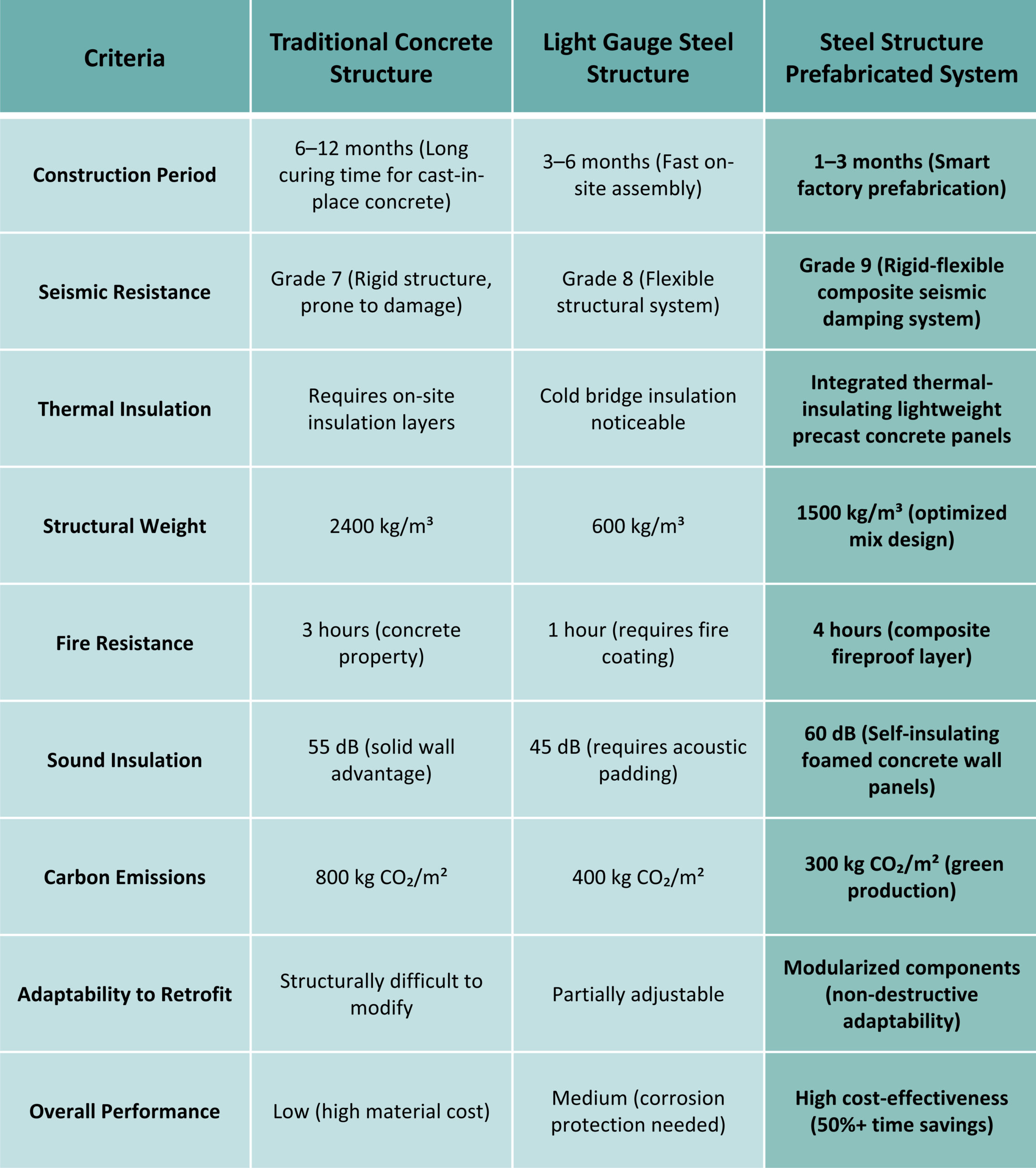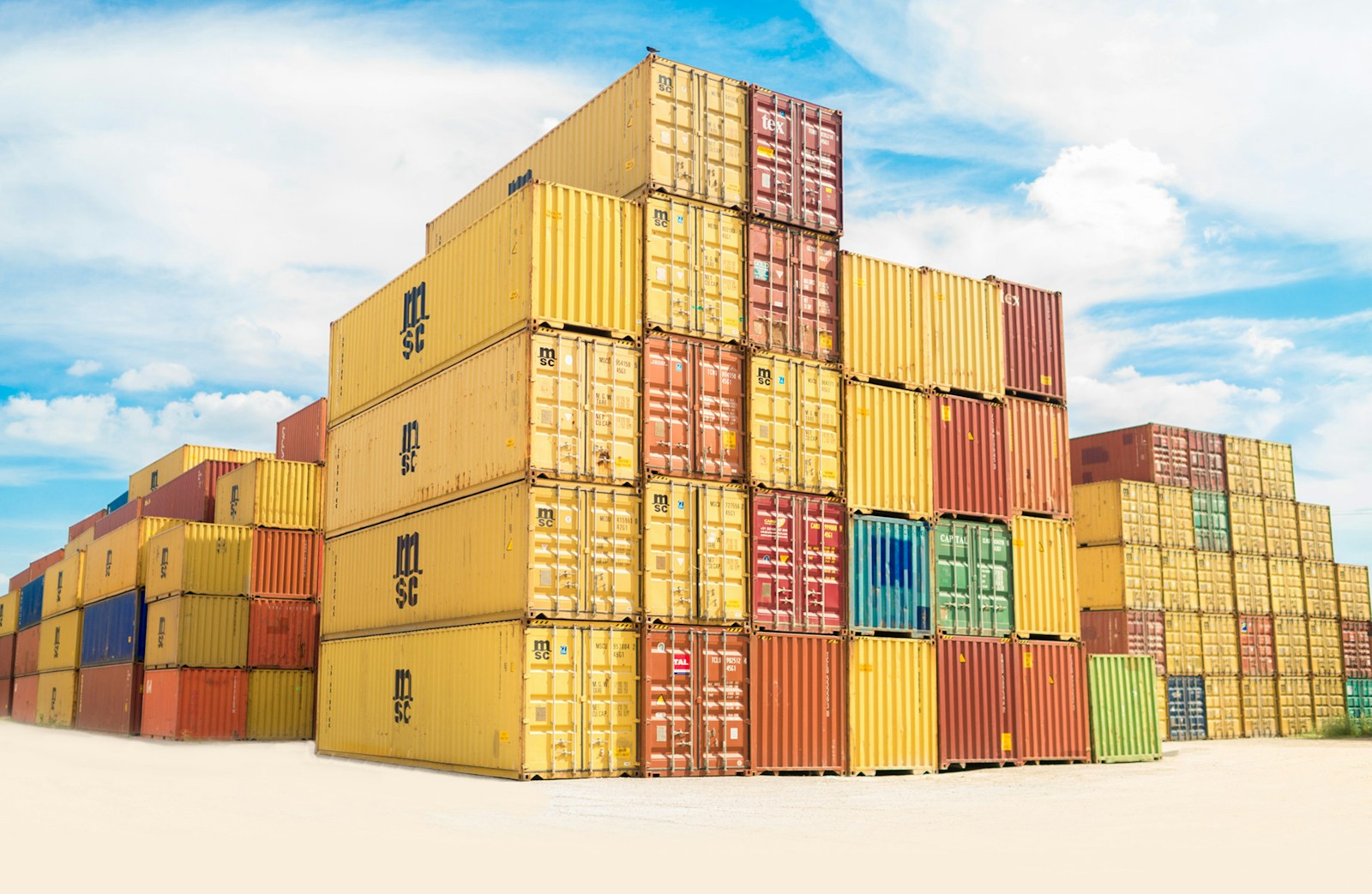Solution
We deliver the perfect solution based on your specific needs.
Production
Efficient production follows your customized design exactly.
Free Consultation
Our professionals provide dedicated one-on-one service.

Our Core Strengths
More consistent quality
Construction products are precision factory built, with precast components produced in a controlled environment to ensure consistent quality and reduce human-caused quality issues during construction. Our buildings are constructed using patented products that are highly durable and adaptable to most designs.
Faster construction, greater efficiency
The construction products are prefabricated in factories and quickly assembled on-site, which significantly shortens the construction cycle, improves construction efficiency and reduces construction costs.
More energy-efficient home
Construction assembly using lightweight concrete panels, with good thermal insulation and sealing performance, thermal insulation and energy saving effect is much higher than traditional concrete, significantly reduce the energy consumption of heating and cooling, reduce the later operating costs.
Steel Structure Prefab System — Performance Advantages
The steel structure assembly system has multiple advantages over traditional concrete structure and light steel structure. Its construction cycle can be completed in as fast as 1 month, with a seismic rating of up to Grade 9 and a light deadweight, and it also adopts prefabricated lightweight concrete panel technology to achieve excellent thermal insulation performance. In addition, assembly has the advantages of high prefabrication rate, low carbon emission and full life cycle cost, and is suitable for multiple scenarios such as residential, public buildings and industrial plants, providing an efficient, safe and environmentally friendly solution for modern buildings.


The Six Core Standards of Prefabricated Building
Standardized Design
Standardized design is a systematic process that requires close coordination across architectural, structural, MEP, landscape, and interior disciplines. It enhances design efficiency and consistency, reduces cost and construction time, and improves both living comfort and building safety.
Standardized Production
Component Standardization: All components are manufactured according to national standards and technical specifications to ensure compatibility and interchangeability. Precision Manufacturing: All primary structural elements are fabricated in specialized factories, ensuring high dimensional accuracy and consistent product quality.
Standardized Quality
Inspection Standards: Strict quality inspection protocols are implemented to ensure both component manufacturing and on-site assembly meet technical and safety requirements. Inspection Methods: Advanced testing methods and technologies are used to enhance the accuracy and efficiency of quality control. Inspection Records: Comprehensive records of all inspections are maintained for full traceability and continuous improvement.
Standardized Construction
Installation Standards: A standardized installation process ensures efficient on-site assembly and maintains a clean, organized construction environment. Specialized Tools: Professional-grade tools are used to improve installation accuracy and efficiency. Qualified Workforce: All installers are professionally trained and certified, ensuring they possess the required technical skills and safety awareness.
Standardized Cost Efficiency
Cost Control: Effective cost control strategies are implemented to reduce production and construction expenses. Benefit Evaluation: Projects are assessed holistically, covering both economic returns and social value. Cost-Benefit Analysis: Comprehensive cost-benefit analysis supports informed decision-making and long-term value optimization.
Standardized Environmental Protection
Eco-Friendly Materials: Environmentally friendly materials are used in both manufacturing and construction to reduce environmental impact. Noise Control: Construction noise is strictly managed to minimize disturbances to surrounding communities. Waste Management: On-site construction waste is sorted, processed, and reduced through proper disposal practices, supporting a cleaner, greener building process.





